Stavik’s Highlands
"I offer not a safe path. I offer no old age. I have not even solace for your children... But I will share this bit of mead, teach ye how to cut a spear, and we shall show these dead that the ground is where they should have stayed. Come with me, and we will rage against the dying of the light, for I bow not yet before the Iron Crown, nor cast my own shield down."
--Stavik Magnuson, the Lunar Champion, during the Feast of Hell, 355-357 AB.
The Highlands
Jagged peaks, arching hills, and valleys where secrets lie color the Highlands. Either draped with snow through half the year, whether the summer has come and freed the land of that cold embrace, it is still a beautiful land. The Yggran Canals form dozens of shard-like islands, from a mile to a dozen miles across, each with it's own character, denizens and dangers. The Grizzled Mounts extend into the sky to the north, distant mountains permanently capped with snow, which protect the Highlands from the harsh summer storms of the Sailor's Sea. The Lucent Strand, a long road of silver snow, tranquil throughout every age. Pilfer's Hollow, the last gasp of civilization before the woods. The Wyrmbone to the west, a forest of ancient powers, a long-dead sect of dragon lords. From it, desperate spirits and hungry changelings alike escape to prey upon man. Four Erini fortresses, celestial and eternal, surround the Highlands. Sør Ødela Sudona to the southwest, Ødela Skog to the northwest, Ødela Sallaca to the south, and Øst Ødela Linvik to the far east, where the Grizzled Mounts end. These are the beautiful fortresses of Erinion, which encircle the Bay of Evandyr and kept it stable in the world through the Age of Malevolent Motifs. Though the fortresses defenses are at times used as a defense against the world, the inner keeps and sanctums have not been breached, or rather, those that have done so have died terrible deaths.--Winter blankets the Highlands in snow that does not melt through the whole season. The Erini Fortress named Sør Ødela Sudona is seen in the background..
History
The people that have become the Stavs of the Highlands in the bay trace their origin around the The Scion's Coastsin the north, through the ages to the far south, from the Lightless Atoll and the Blackwich Reef. There existed a haven for those fleeing the enslavement, ravaging, or pillaging of the Avernal Regimes. They traded and sailed along the cost, and through the Age of Malevolent Motifs, the safest location in the world was far from land on a sturdy longboat. These people eventually settled greatly in the north of the Bay of Evandyr, separated by the constantly warring Tarakon and the Azure Shroud, they did not have contact with their old peoples besides long voyages of sixty days with favorable winds. Many small towns formed, but the lands were feral and dangerous, because even though the last Age ended, and took with it the extra-dimensional dangers, the elven Empire had vanished in the fires of the Burning of Erinion. These towns had short lifespans, and would solely exist on the northern shores and the Yggdran Canals, so that the survivors of a monstrous attack could escape on fishing ships and galleys.The Feast of Hell
In 355-357 AB, disaster struck the still struggling Bay of Evandyr. Like a crawling sickness, undeath ravaged the land, bringing each it felled back to a mockery of life to kill their former brethren. The undead hordes moved much slower than the horse-riding messengers of the land, spreading the news of the coming end of the world. Many could escape, but most had nowhere to run. Those in the highlands still in possession of their ships could sail back north, but they had grown too far and too large for this to save them all. In this time, when it was discovered that there were not enough ships to sail all the refugees of this apocalypse to slightly safer ports, a grim hero emerged. Stavik Magnusson. Stavik was a chieftain and a leader of the village of Myrka at the edge of the Wyrmbone. He was a great warrior that was said to hear the Guardian's wishes and fight with Spirits at his side and under his boot. He led his people to a large hilltop and burial mound in the center of the Highlands known as the Kingsgrave, and defended it, protecting his people's heroes as well as listening to the spirit's calls. They repelled the Feast of Hell, and more men of the north came to their banner, fighting with them atop this hilltop, making a last stand. In the end, they were all that was left of mortality in the land, and Illuvatar, the great Lich that led the Feast of Hell, went into the Kingsgrave and beckoned forth the ancient chieftains from their graves. Betrayed by their ancestors, Stavik and his people died upon that hilltop. Fifteen years later, when those that survived in the north could recount the tales and Stavik grew into a legend and a hero, they settled upon the hilltop, naming it the Luna Balcan, or 'last stand by the light of the moon'.Return to the Highlands
Orgus Stavikson was the captain ("skeppare") of a fleet of ships of these northern settlers and traders returned fifteen years later in force, for the same reasons that urged them south previously, the storms wracking the northern coasts, the beastmen competing for the Hundred Dagger Cove, and the dangers of going even a mile into the surrounding forests. This time, however, it was personal. Stavik became a fireside tale, then a story in hushed tones, then a legend, then a symbol for his people to aspire towards. While they ran, he found a hill to stake his life on, he found something worth fighting and dying for, and faced death bravely. Orgus was not the son of Stavik Magnuson, but he took his name, as did many others, and declared themselves to be fighting under his Banner, for what he believed and what he stood for. Orgus was the first to do so, and captained the ships that formed a small fleet of half a dozen ships and a hundred Stavs (as they were from then on named) which returned to the Highlands. They found it littered with dead and undead, nearly starved to death. They sailed up through the channels by the light of the full moon and dispatched the undead, claiming the center of rivers and roads of their old home here, and naming it The Luna Balcan, after the story of Stavik Magnuson.--The Highlands are so described due to numerous rolling hills and valleys, each containing ruins and stories and history, as well as dangers.
Society, Religion, Death
To be a Stav is to live fully, love passionately, believe fully, and fight fiercely. The Highlands is a land of strong colors and strong people, to be any less would be to die to the demons, wendigos, outer dimensional beasts, or the like that prowl the night. Myths and oral tradition is also vital to the Stavs, as a Story worth telling is a life well lived.Way of the Drangar
All families that are local and have been here for at least a generation and are 'true Stavs' have a crest of their family, usually emblazoned on the shield and the home. Totemic animals, weapons, artistry, sigils, and designs are all included in these. They believe the Guardians are the ink of the pen that crafts the Stories according to the Storyteller's design, but they are those Stories. To truly be great in life is to become a Story worthy of remembrance and permanence. Though man may lose these Stories to the ages, unlike the philosophies of the south that claim existence through the re-telling of tales, the Stavs believe that Memory, symbolized as water, is forever frozen within the moon. As the sun is the Storyteller's light, the moon is the reflection and remembrance of all tales. This way of life, known as the Way of the Drangar, represents itself in different ways. One could be a farmer that saves a village through a terrible winter, and even though the tale of this sacrifice might not be told, they have earned their place in Memory. One could be a great warrior, defending the Highlands from an army of dragons, or one could be a humble scribe, aiding the Stormlord in diplomacy. All of these individuals may follow the Way of the Drangar, and so it is most easily summarized as actions and lives lived for the society, and not for the self. As this is a society borne of the dark ages around the Feast of Hell, it is a sensible faith.Guardian Faith
The faith of the Guardians is omni-present here, having been integrated in their society before the Feast of Hell, but their great Atollian ancestors focused much more on the natural world, the will of the spirits and the way the world whispers through the wind, and paints beauty through nature. Together, the Guardian Faith's commandments have taken on an Animistic, totemic representation, where the wisdom of the sixteen Guardians is given through the actions of the animals they represent. This creates a more detached view of the Guardians, as they can be spirit guides or mentors, but one must craft their own Story, rather than obeying to the letter the Cardinals of the faith. Additionally, many spirits are seen as just as worthy of veneration as the Guardians, which is a heinous sin to the Circle of the Heart in the south. Overall, the faith is much less concerned with the moment-to-moment pleasing of the divine, and much more focused on achieving things with the short life given. The Guardians are just different motivators in the sixteen directions a Story is said to take. A wise path is to consider all of them before acting, but telling a Story will utilize some before others, and so trying to be perfectly balanced between all sixteen is a useless folly.Burial in the Highgraves
What begins as a ceremonial burial mound, rings of graves with one's family, finds graves dug deeper into the earth over centuries. Born of the Feast of Hell and the notion of society and stories as one with the Way of the Drangar is the idea that one's Story is only remembered by the Highlands and by the moon so long as it is properly entombed with the rest of the "family" of the Highlands. Where burial mounds across the land were the norm in the early centuries, the coalescing into one Stav "family" has brought about a limited number of these graves, known as Highgraves, where all the dead of the Highlands are entombed. Necromancy is then known as the greatest sin. Removing a corpse from these Highgraves is tantamount to erasure of memory, spitting on the actions of the ancestors and nullifying all they have done.--Though there be danger, there is also community among the Stavs. Even through cold winters, the warmth of this town in the northern Highlands shines.
Government
Opposed to Golryon's community and Dinlirys' individuality, the Highland folk are focused upon those firmly trusted, and fighting with/under their banner. A common question in the Highlands is to ask a local who they have declared their allegiance to a position known as a Banneret, which is typically someone known personally and locally, who then is the representative of those people. This is how each Commune is governed, with a chaotic number of representatives behind each Banneret with drastically differing amounts of power and number of supporters putting their weight behind others and them behind others until it gets to the highest level. These Communes then gather behind the Banners of those who would vye to become the Stormlord. A single town could have a few representatives that get behind different Communes, so it is quite rare for any town to be wholly a certain side. Instead of a representative, it us more akin to a trustee, because of how fickle the process is, so they act with what their peoples stated desires are. After all this, the Communes roughly come out to the same number of people per, as having a lesser vote means you heard less, and having too large of a vote means you cannot stay as truthful to the desires of that many people. Unlike most other civilizations, those with power are given that power by the people under their banner, so they are public servants to them. These Communes will get behind and declare themselves for who they believe should be the Stormlord, after a number of hopefuls go do battle with a great beast terrorizing the land, together, to prove that they can work together and think tactically as well as fight well. Sometimes one comes out the obvious killer/leader, but usually the Communes will decided among the surviving Banners, and they will become the Stormlord.--Fog and mists are present through the majority of the Spring and Autumn, creating a beautiful, if mysterious haze.
Crime in the Highlands
The Highlands are built upon the principals of the family and what Stavik's people were founded on. When people gather behind someone and add their voice to their banner, they are relying upon them to have the same character and beliefs when speaking for them. The crime taken most seriously is actions against the Highlands, actions done for one's self-interest, to the detriment or death of those in the society. This is seen as actions against humanity and mortality itself, betraying them to the countless forms of beasts that would seek to snuff out civilization. This society was born in the ages where fighting against eachother was fighting for eradiation, after alll.Punishment
When a common person/citizen/traveler is caught for a crime, they are taken before the local Banner (known as Jarls or Barons) if it is a serious crime, and just the local Chieftain if it is not as such. The Chieftain or Banner will decide the wrongdoing and what the punishment may be. Consistency in the law is therefore rather vague, as they do not have set law precedent across the nation. However, if the Stormlord makes a decision, the Communes and downward will usually revere it so long as that Stormlord is in power. The length of any of these position's terms gets longer the higher up you go, as the less volatile the position becomes. Travelers and people that have lived here are judged differently, to the opposite of most nations. If you have lived in the Balcan your whole life, and your ancestors before you, then there is far less an excuse for committing a crime, as all your ancestors lived before you so that you may have this life. A traveler could be judged more easily, however, as they might not know the laws and customs. Punishment is usually forced labor, but if the crime is serious such as significant arson or murder, they may requirethe subject go and quest until good they have done far outweighs the sin they have committed. This could be hunting ancient relics, killing terrible beasts, etc. This is usually known as a suicide mission by the types who regularly commit crimes. This gets much more focus when the criminal has people under their Banner. In this case, it is a grave action against the trust of their Banner. Instead of being taken a position upward, all those that have put their voice to their side shall judge them for such a crime, and act as a jury to decide guiltiness and punishment, if they had truly acted against the will of those they represent.Most men die surprised. We've been staring it down since the babes first winter. Let Death try and take me, I revel a challenge.
Location under
Included Locations
905 AB: 390,000 people, 250,000 people outside the Balcan. 854 AB: 150,000, 100,000. Per 100 residents:
Stavik Human 42
Jerian 22 (Hob 10, Gob 6, Bug 6)
Elven 18 (City 12, Menevali 3, Forest 3, Others ~0)
Dwarf 7
Gol Human 7
Kob 2
Other 2
Stormlord - leader of the Highlands, chosen by Banneret
Banneret - someone who is a trustee of political power, who others gather behind and give their voice to
Chieftain - person that holds office in a town, who gains power through delegation
Jarl/Baron - person who holds undelegated power, i.e. undemocratic.
Jarl - title/lands awarded for great deeds
Baron - title/lands from money or nobility Hersir - Drang/Drangarin commander
Drang - unsung warrior, untold stories. Mercenaries to militia soldiers to the bouncer at a club or a baker.
Drangar, Way of the - the way which is lived by many in the Highlands, to seek out stories and a place of permenance
Drangarin (Militia) - risen warriors of many sorts of the Highlands, led by a Hersir per 100 soldiers The Drang Army - a name for both the Drangarin and Drang collectively, all mercs and soldiers and watchful elders to children running errands. All that protect the people in the Highlands, and keep things safe Abbot/Abbess - head of temples and churches, lifelong keepers of their faith and stewards of that region
Vicar - lifelong member of a temple or church, likely with some vows
Shepard - traveling member of a faith, generally trustworthy
Sage - title of a scholar of magical or scientific knowledge

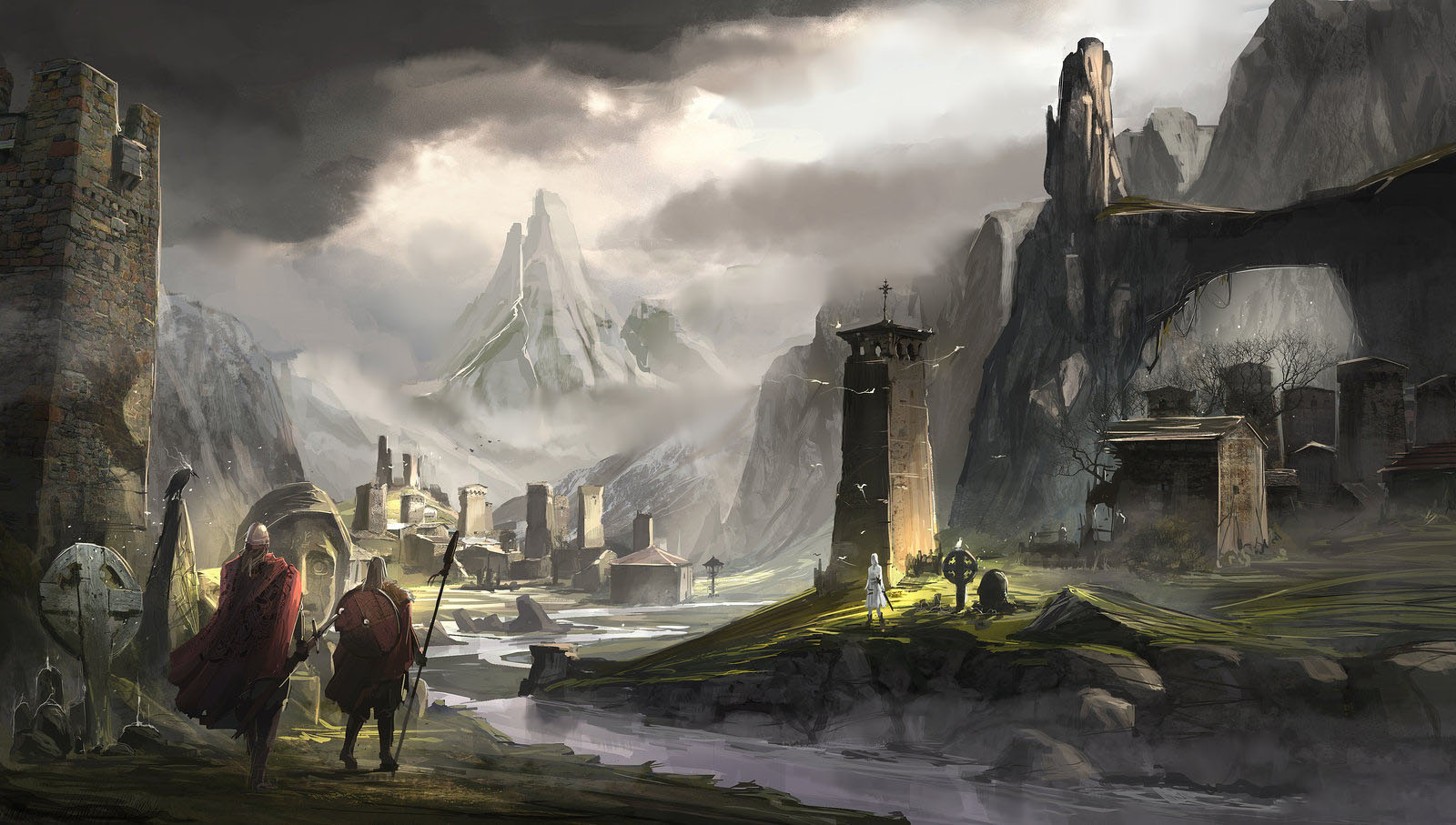
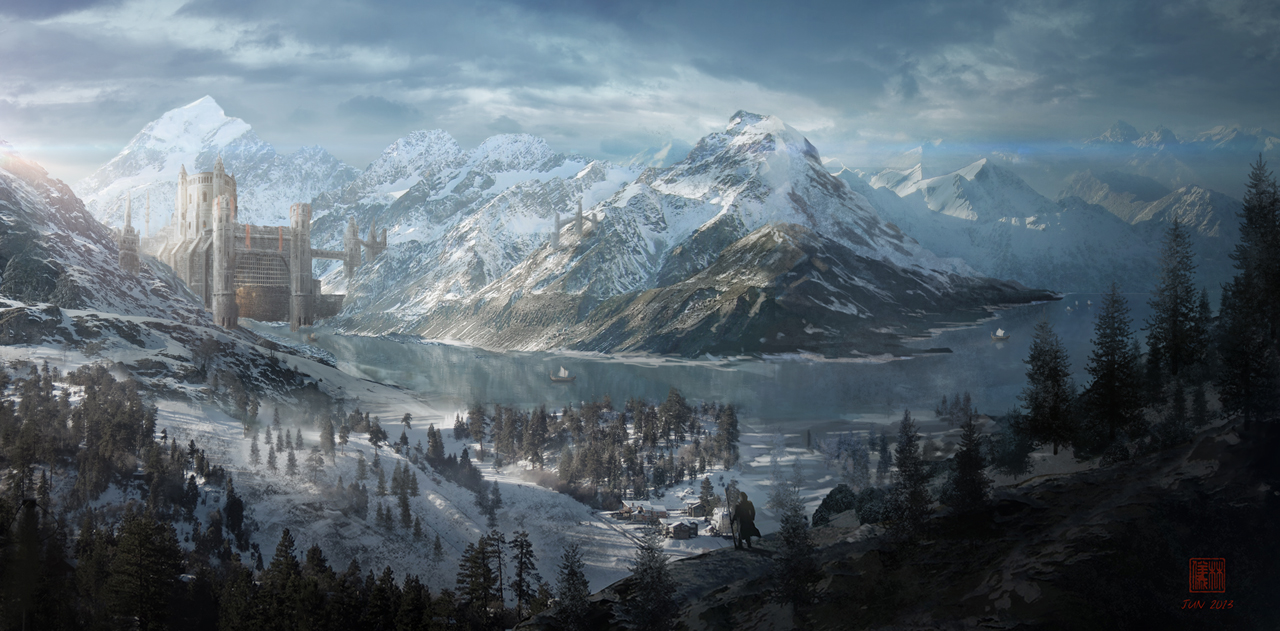
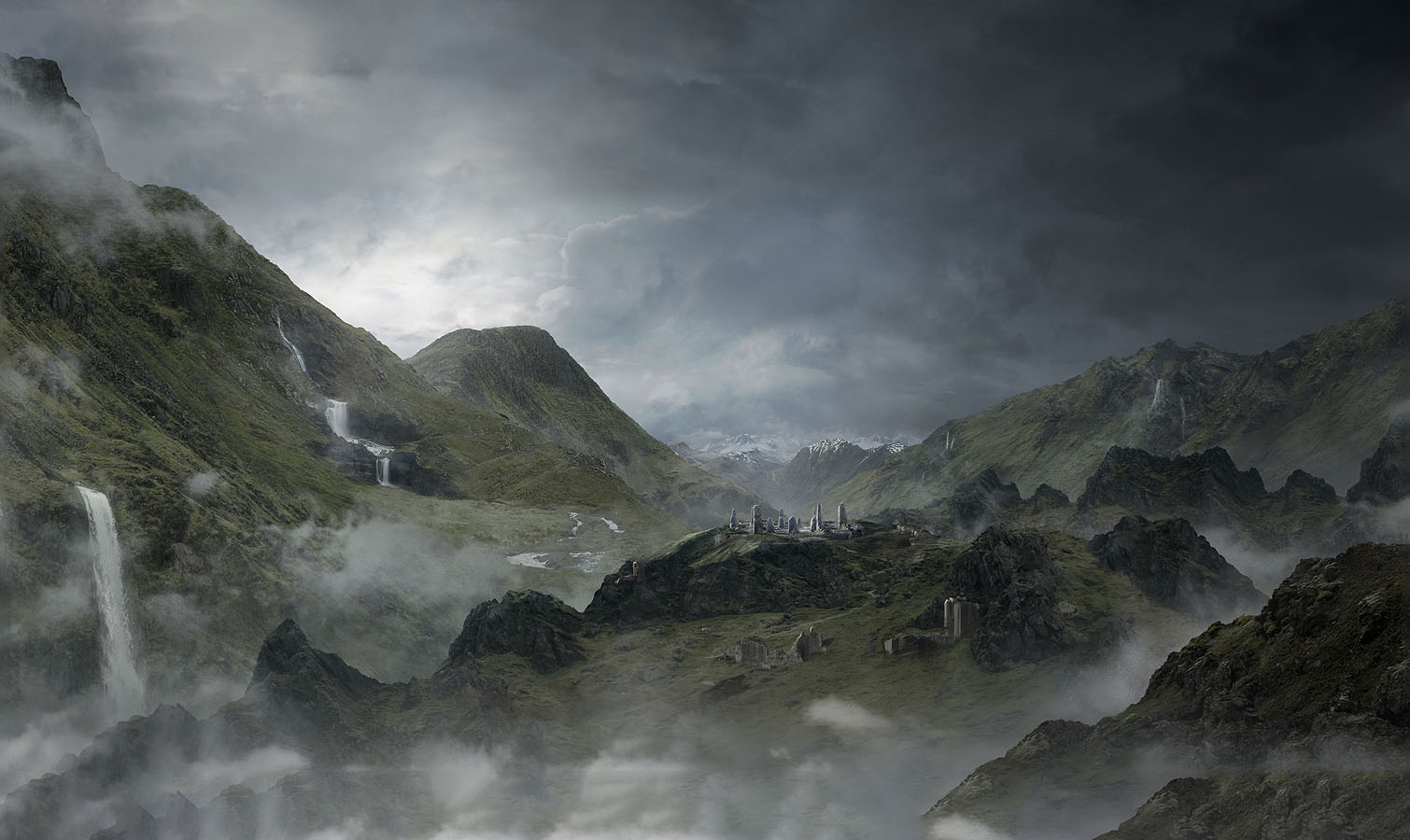
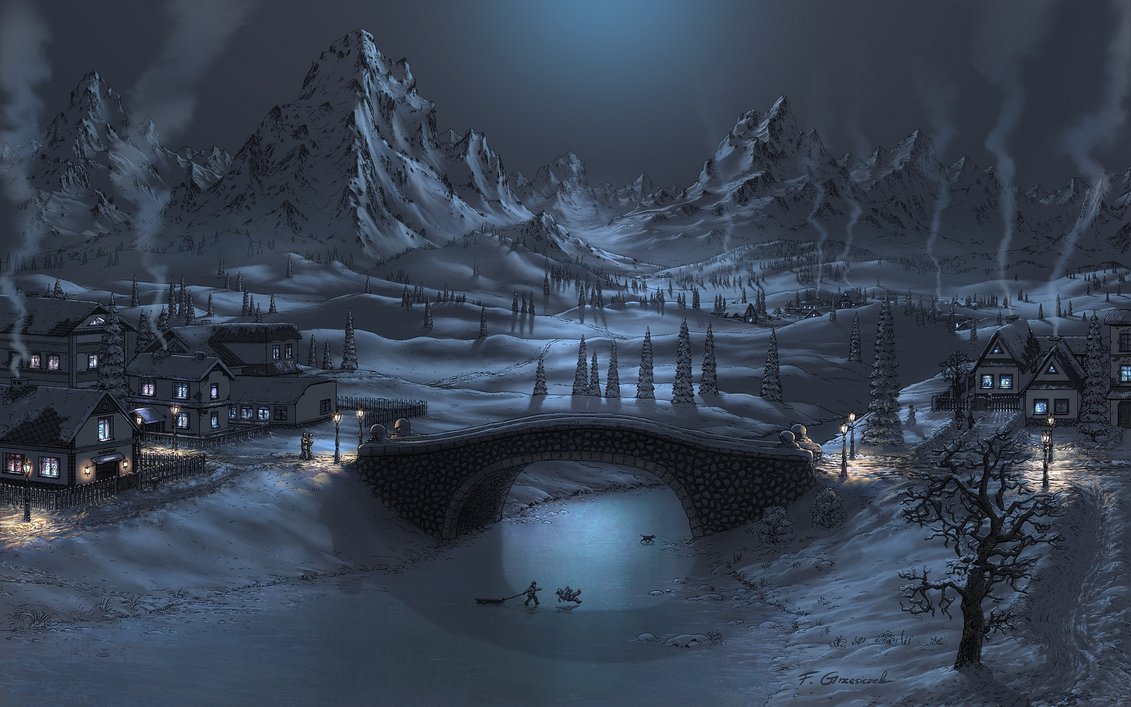
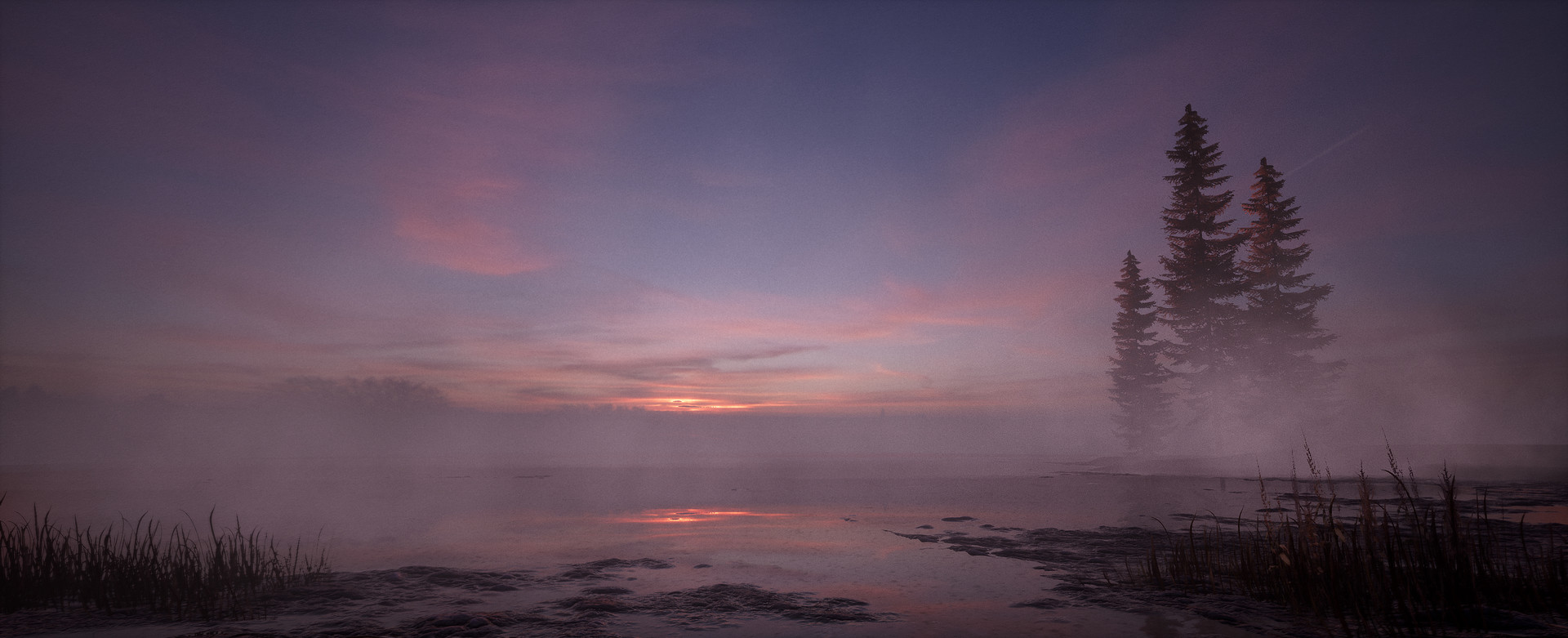
Comments